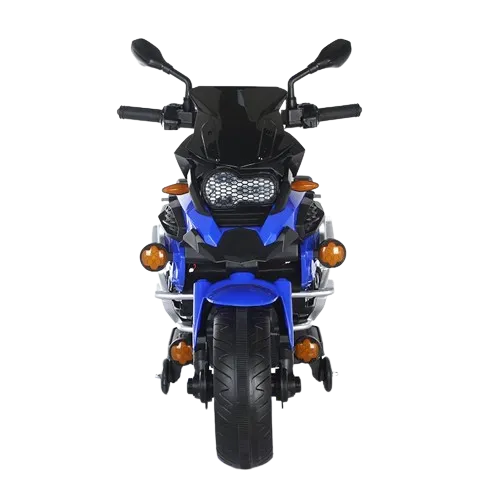when can a baby use a baby walker
When Can a Baby Use a Baby Walker?
Baby walkers have been a popular item for new parents for decades, allowing little ones to explore their surroundings while providing a means for them to assist in their mobility. However, the question of when a baby can safely use a baby walker is critical for both safety and developmental reasons. Understanding the appropriate age, the potential risks, and the guideline for using baby walkers can help parents make informed decisions about their baby's physical development.
Typically, babies are ready to use a baby walker when they are able to sit independently, which usually occurs around the age of 6 to 8 months. At this stage, they have developed enough strength in their neck and back to hold themselves upright and have generally reached a level of coordination that allows them to manipulate the walker safely. However, this is just a guideline; every child is different, and some may be ready earlier or later than this timeframe.
When Can a Baby Use a Baby Walker?
In addition to safety considerations, some health experts have raised concerns about the developmental impact of baby walkers. While walkers might seem like a helpful tool to boost mobility, they may actually hinder a baby's natural development of walking skills. Babies learn to walk predominantly through practicing standing and walking on their own. With baby walkers, some infants may bypass the crawling stage, delaying the overall progression of their motor skills. Therefore, incorporating a balanced approach to mobility might be preferable, allowing babies to explore movement at their own pace, which naturally fosters their development.
when can a baby use a baby walker

If you're considering using a baby walker, opt for models that meet the latest safety standards. Look for wider bases, sturdy frames, and safety features, such as brakes to prevent falls down stairs. Many modern walkers come equipped with safety features that can help minimize risks. Additionally, make sure that the walker has a proper height adjustment option, as babies grow quickly, and this can enhance their comfort and safety.
Another option worth considering instead of traditional baby walkers is stationary activity centers. These allow babies to stand and play without the mobility of a walker, providing a safe environment where they can strengthen their legs and develop their muscles. Activity centers typically come with toys for engagement, keeping babies occupied while encouraging them to build strength and coordination.
As your baby approaches the walking stage, encourage movement in other ways, such as helping them stand by holding their hands or providing push toys that promote walking. Supportive play can be extremely beneficial to a baby’s confidence and coordination as they take their first steps.
In conclusion, the question of when a baby can use a baby walker is complex and requires careful consideration of safety and developmental factors. Although 6 to 8 months is a general guideline for readiness, parents must ensure their child is not only physically prepared but also in a safe environment when utilizing such devices. Always opt for walkers with safety features and consider alternatives that promote healthy development without the risks associated with walkers. Ultimately, nurturing independent movement while ensuring safety will provide the best foundation for your baby as they embark on their journey to walking.
-
Kids battery power car baby four-wheel off-road vehicle children electric toy carNewsMar.07,2025
-
New Hot Design Factory Wholesale Light Weight Small Folding Size Baby StrollerNewsMar.07,2025
-
2022 newest factory boys and girls powerful battery operated 4-wheel ride on electric carNewsMar.07,2025
-
2022 newest factory boys and girls powerful battery operated 4-wheel ride on electric carNewsMar.07,2025
-
Kids battery power car baby four-wheel off-road vehicle children electric toy carNewsMar.07,2025
-
toddler electric atvs manufacturerNewsMar.07,2025
